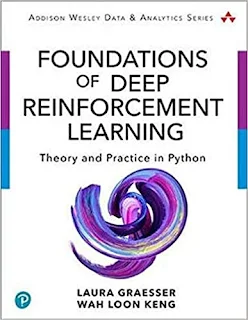Data Science and Machine Learning: Mathematical and Statistical Methods
Dirk P. Kroese; Zdravko I. Botev; Thomas Taimre; Radislav Vaisman .... 532 pages - Language: English - AmazonSIN: B081S6BQ2Y - Publisher: Chapman and Hall/CRC; (November, 2019).
The purpose of Data Science and Machine Learning: Mathematical and Statistical Methods is to provide an accessible, yet comprehensive textbook intended for students interested in gaining a better understanding of the mathematics and statistics that underpin the rich variety of ideas and machine learning algorithms in data science. Key Features: Focuses on mathematical understanding. + Presentation is self-contained, accessible, and comprehensive. + Extensive list of exercises and worked-out examples. + Many concrete algorithms with Python code. + Full color throughout.
The purpose of Data Science and Machine Learning: Mathematical and Statistical Methods is to provide an accessible, yet comprehensive textbook intended for students interested in gaining a better understanding of the mathematics and statistics that underpin the rich variety of ideas and machine learning algorithms in data science. Key Features: Focuses on mathematical understanding. + Presentation is self-contained, accessible, and comprehensive. + Extensive list of exercises and worked-out examples. + Many concrete algorithms with Python code. + Full color throughout.





